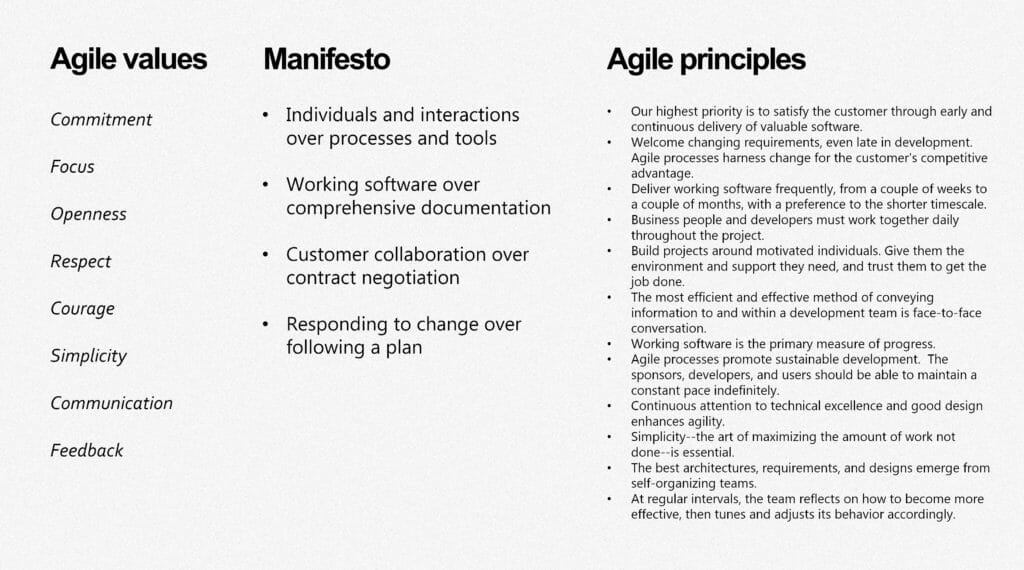Agile teams regularly inspect and adapt, reflect and improve, in a collaborative way, supported by relevant goals. Retrospectives are a critical tool for scrum masters, development teams, and product owners to work collaboratively in a focused and time-boxed way as a way of instilling a culture of continuous improvement.
The main purpose of the retrospective is for the team to come together and share what might be slowing things down and what changes can be made to improve outcomes. It means:
- Teams have a way to suggest improvements
- Challenges and issues can be addressed anonymously if need be
- Team morale and engagement can be improved
- Impediments can be identified and addressed early to increase velocity
- Mistakes and lessons learned are shared to avoid them being repeated
The caveat is that the retro must be run with intention and focus. It should be engaging as well as being time efficient.
Bain & Company studied the time budget of 17 large corporations. It showed that up to 15% of a team’s time is spent in meetings, yet up to 71% of people in the actual meeting are dis-engaged, distracted, multi-tasking, or checked out.
Often cited causes are the lack of agenda, time budget, purpose, and decision process which drastically reduces the return on time invested.
On the other hand, if you never run a retrospective this could result in:
- Issues not being identified and discussed early
- Tension and anxiety build up which kills productivity and morale
- No opportunity to suggest new ideas and improve things as a team
- A top-down approach that does not empower the team
- A scrum master does not know what is motivating or demotivating the team
A well run retrospectives offers a defined purpose, clear repeatable process, facilitated group decision making, and actions that can be created and tracked. Holding them on regular basis further increases accountability and discipline.
Time boxing the retrospective provides momentum, and having the right template means people have a structure for providing thoughts easily.
They are also a forum for Agile Values, the Manifesto, and Principles to be demonstrated practiced, and applied.

4.8 on
Capterra




